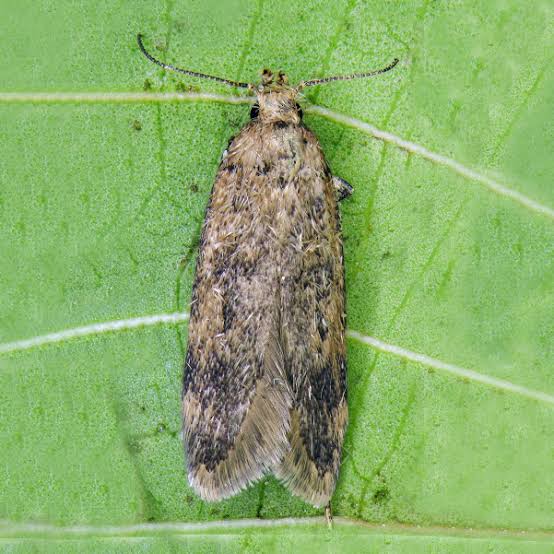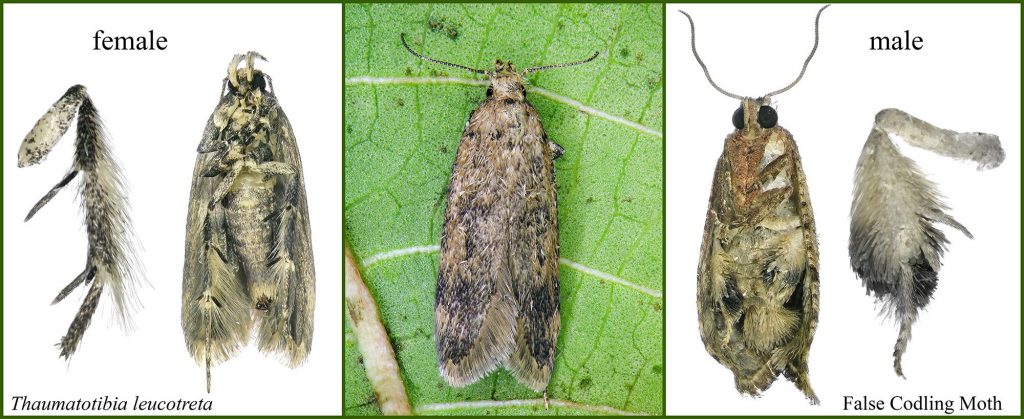The efforts of KEPHIS, in collaboration with international partners, are vital to ensuring that Kenya remains a reliable supplier of high-quality flowers. By implementing integrated pest management strategies, conducting intensive training for growers, and fostering international cooperation, Kenya is positioning itself to overcome the challenges posed by FCM and other pests. The proactive approach to pest management, coupled with a commitment to sustainability, will be key to securing Kenya’s future in the global floriculture market

KEPHIS, in partnership with the Kingdom of the Netherlands and the Kenya Flower Council, recently rolled out an intensive week-long training program aimed at equipping cut flower growers with the knowledge and tools needed to manage FCM more effectively.
The training focused on the implementation of the System Approach Protocol, a comprehensive pest management strategy that incorporates multiple layers of control to ensure that flowers meet the stringent phytosanitary standards required by international markets, particularly the EU. The protocol includes risk mitigation measures that span pre-harvest, harvest, and post-harvest stages, reducing the likelihood of FCM infestation throughout the production process.
The collaboration between KEPHIS, the Netherlands, and the Kenya Flower Council underscores the global significance of Kenya’s floriculture industry. As one of the major importers of Kenyan flowers, the Netherlands plays a critical role in ensuring that the flowers meet international standards for plant health. This partnership is not only beneficial for ensuring the smooth flow of trade but also highlights the importance of international cooperation in addressing pest control challenges.
The Impact of Training on Kenya’s Flower Exports
The KEPHIS training initiative aims to address the immediate threat posed by FCM while also ensuring the long-term sustainability of Kenya’s flower exports. By training growers on the best practices for pest management, KEPHIS is helping to safeguard the country’s market access to the EU and other international markets. The implementation of the System Approach Protocol is expected to significantly reduce the risk of FCM in Kenyan flowers, enhancing their competitiveness on the global stage.
Moreover, by reducing the need for emergency pest control treatments and inspections at EU entry points, the System Approach will help lower the costs associated with exporting flowers. This, in turn, will support the continued growth of Kenya’s floriculture sector, which remains one of the country’s top foreign exchange earners.
Kenya’s horticultural sector is not just a key driver of the national economy but a global powerhouse in cut flower exports. As one of the leading exporters of flowers, particularly roses, to the European Union (EU), Kenya plays a vital role in the international floriculture market. However, the industry faces persistent challenges from pests and diseases, with the False Codling Moth (FCM) emerging as a primary concern for both flower growers and exporters.
The False Codling Moth (Thaumatotibia leucotreta), a highly destructive pest, has become a critical threat to Kenya’s floriculture industry. The Kenyan government and key stakeholders are taking steps to ensure that the pest does not disrupt the sector’s significant contribution to the economy. The pest’s ability to infest a wide range of crops has not only led to production losses but has also put the country’s export market at risk due to stringent international trade requirements.
The Growing Threat of FCM
FCM has a broad host range, attacking not only flowers but also fruits and vegetables. Among its hosts are roses, citrus fruits, cotton, maize, and exotic crops like avocado and pomegranate. This wide host range makes it difficult to manage, and its resilience in the face of various environmental conditions exacerbates the problem.
FCM’s lifecycle is another reason why it poses such a significant threat. The pest begins as eggs laid on the surface of fruits and foliage, and after hatching, the larvae penetrate fruit tissues, causing internal damage. The larvae’s feeding causes extensive crop damage, reducing both the yield and quality of flowers. The pupal and adult stages of the moth, although less destructive directly, allow the pest to spread to new areas, leading to fresh infestations. The adult moths are nocturnal and tend to remain close to their emergence sites, making them difficult to detect.
The consequences of FCM infestation go beyond local production losses. As one of the top exporters of cut flowers to Europe, Kenya must meet stringent phytosanitary requirements to maintain access to its lucrative international markets. The EU, in particular, has implemented tight regulations to ensure that imported horticultural products are free of pests like the False Codling Moth. In recent years, there have been numerous interceptions of Kenyan flower shipments due to the presence of FCM, leading to the potential loss of market access. Such interceptions not only harm Kenya’s reputation as a reliable supplier but also increase the cost of exporting flowers due to emergency treatments and additional inspections.
To retain its position in these markets, Kenya must not only meet current phytosanitary standards but also proactively manage and control pest threats like FCM.

KEPHIS Leads the Way in Pest Management
Recognizing the severity of the FCM threat and the implications for international trade, the Kenya Plant Health Inspectorate Service (KEPHIS) has taken significant steps to combat the pest.
Key Strategies for Managing FCM
Effective pest management begins with strict monitoring and early detection. In the case of FCM, this involves the use of pheromone traps that attract and capture male moths. These traps provide early warning signs of infestations, allowing farmers to take action before the pest can spread further. Monitoring is especially important in high-risk areas like Naivasha, Nakuru, and Eldoret, which are key hubs for Kenya’s cut flower production.
Cultural control is another essential strategy in managing FCM. This involves practices such as orchard sanitation, where fallen and infested fruits are regularly removed and destroyed. This reduces the chances of larvae finding suitable environments for development, thus curbing population growth. Additionally, mating disruption techniques, which use synthetic pheromones to confuse male moths and prevent them from mating, are increasingly being employed. This method has shown promise in reducing FCM populations over time.
Biological control methods are also gaining traction. These involve the use of natural enemies of the pest, such as predators and parasitoids. For example, certain ant species and parasitoids like Trichogrammatoidea cryptophlebiae have been used to keep FCM populations in check. Microbial control methods, which utilize entomopathogenic organisms like Beauveria bassiana and Metarhizium anisopliae, are also part of the integrated pest management approach.
The System Approach Protocol also includes the judicious use of chemical insecticides. While biological and cultural controls are preferred for their sustainability and environmental friendliness, chemical control remains a critical component of FCM management. However, careful attention is paid to pesticide use to avoid resistance and minimize environmental impact.

Conclusion
The efforts of KEPHIS, in collaboration with international partners, are vital to ensuring that Kenya remains a reliable supplier of high-quality flowers. By implementing integrated pest management strategies, conducting intensive training for growers, and fostering international cooperation, Kenya is positioning itself to overcome the challenges posed by FCM and other pests. The proactive approach to pest management, coupled with a commitment to sustainability, will be key to securing Kenya’s future in the global floriculture market.
